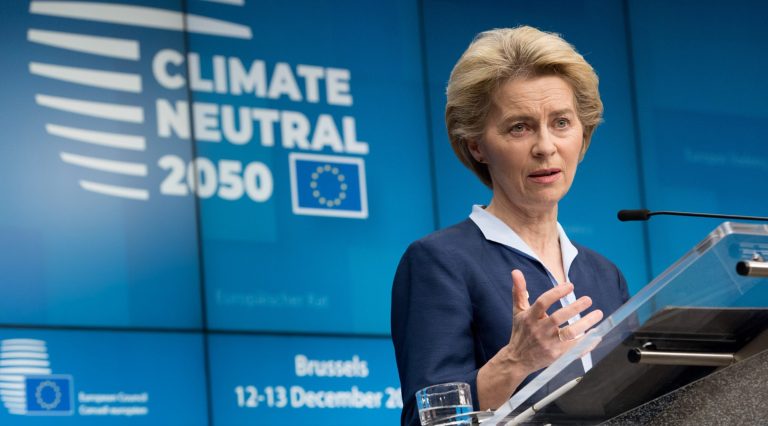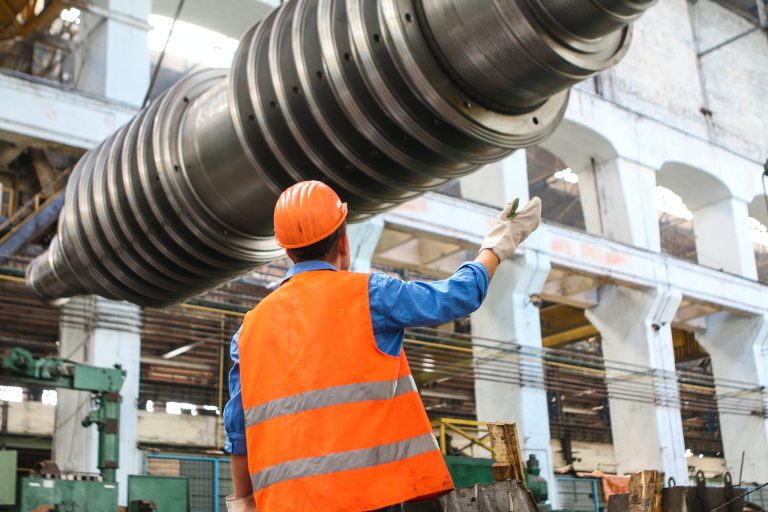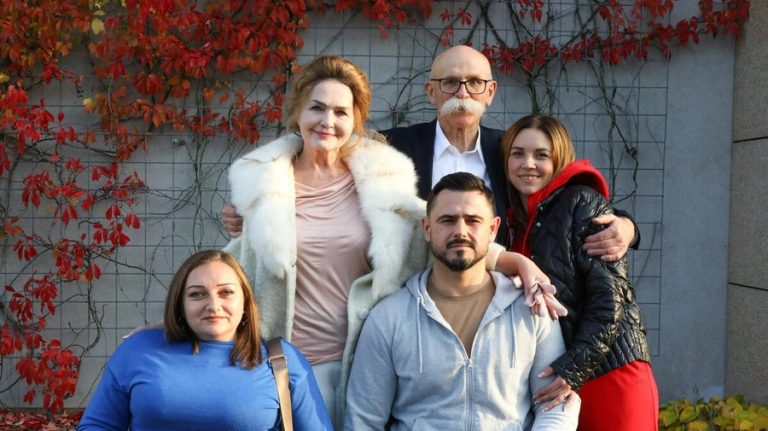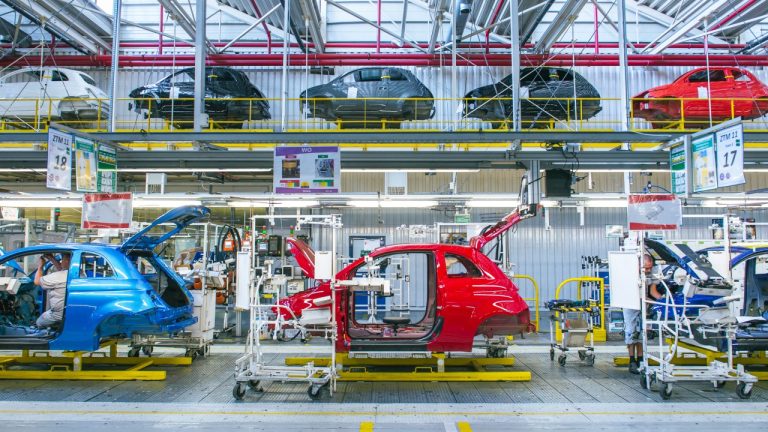Poland’s largest power producer to go carbon neutral by 2040
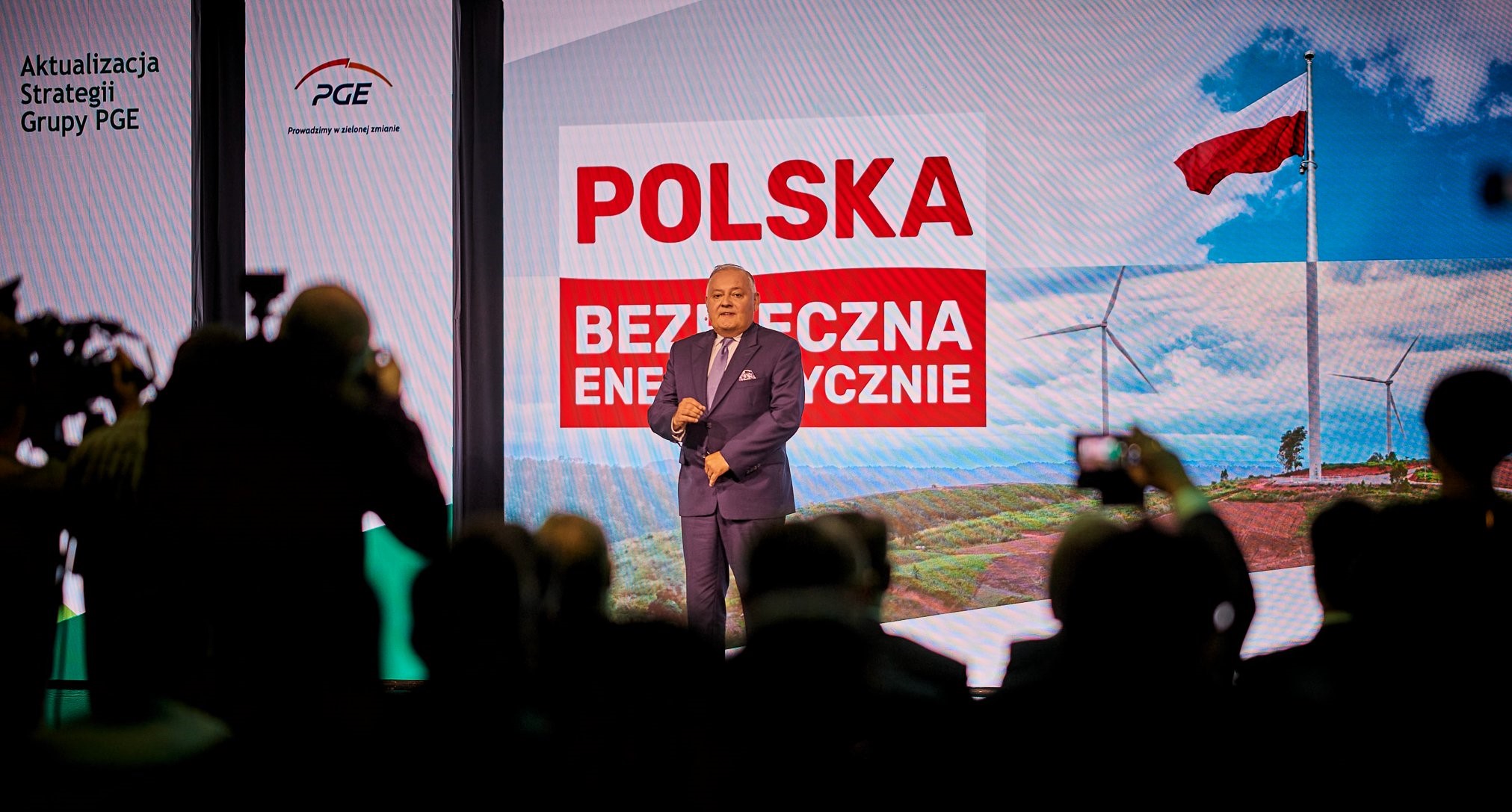
Poland’s largest power producer, state-owned energy firm PGE, has announced that it intends to achieve climate neutrality by 2040, ten years earlier than previously planned. As part of that effort, it aims to end the use of coal – which is still Poland’s main source of power – for electricity and heat generation by 2030.
The company’s plans entail reducing its carbon emissions by 95% by 2040 and capturing or offsetting the remainder, for example by planting CO2-absorbing trees.
To achieve these goals, PGE, which produces 41% of Poland’s electricity, has earmarked 125 billion zloty (€27.97 billion) for investments in offshore windfarms, energy storage, the construction of a nuclear power plant, the modernisation of its distribution network and the decarbonisation of district heating.
Przyspieszamy transformację polskiej energetyki💪
✅ Zeroemisyjność już w 2040 r.
✅17 GW mocy wytwórczych opartych w całości na zero i niskoemisyjnych źródłach energii do 2040 r.
✅Modernizacja i cyfryzacja energetyki
✅Międzynarodowe standardy #ESG
… i wiele więcej.
Poznaj… pic.twitter.com/jEqMPAwe8W
— PGE Polska Grupa Energetyczna (@Grupa_PGE) August 29, 2023
“The strategy update is a response to the geopolitical and economic situation in Europe,” said the firm’s CEO, Wojciech Dąbrowski. “The implementation of PGE’s strategy will result in the strengthening of Poland’s energy security and sovereignty as well as access to modern services and clean energy for customers.”
By 2040, PGE wants to have around 17 GW of generation capacity based on zero and low-carbon energy sources, including more than 7 GW in offshore wind farms in the Baltic Sea, 1.5 GW in onshore wind farms and 3 GW in solar.
“The offshore wind farms built by PGE alone will be able to supply around 26 TWh of energy, which is the amount currently required by 11 million households in Poland,” said the company.
Low-carbon energy from a nuclear power plant, which will be built by a Polish and Korean consortium, and a gas plant will amount to 5GW by 2040.
Poland’s climate ministry has outlined plans for the country to generate three quarters of its electricity from zero-emissions sources by 2040, with 51% coming from renewables and almost 23% from nuclear https://t.co/CksVqGQXkV
— Notes from Poland 🇵🇱 (@notesfrompoland) April 4, 2023
Gas will be eventually replaced by green fuels (such as biomethane, hydrogen, ammonia) and the issue of unstable power generation from renewable energy sources – which are dependent on weather conditions – will be addressed by large-scale energy storage, the company says.
PGE’s strategy calls for the expansion of pumped-storage hydroelectricity plants and the construction of battery storage facilities, which are expected to provide the Polish electricity system with a capacity of 3.7 GW by 2035.
Among other solutions to support climate neutrality, the company envisages measures to reduce water consumption and the recycling and recovery of raw materials from decommissioned RES installations.
Poland has been rated as the EU’s least green country in a new ranking.
The EU-funded study takes into account the state of the environment, its effects on quality of life, and efforts to address climate issues https://t.co/hKyeucSzBl
— Notes from Poland 🇵🇱 (@notesfrompoland) November 5, 2022
The strategy assumes the success of the government’s plans under which the coal assets of Polish state energy firms, including PGE, will be transfered to a separate entity and gradually wound down.
Poland still produces around 70% of its electricity from coal. However, the share of renewables – especially solar – has been rising and the government plans for them to account for 51% of the energy mix by 2040, with a further 23% coming from nuclear.
Notes from Poland is run by a small editorial team and published by an independent, non-profit foundation that is funded through donations from our readers. We cannot do what we do without your support.
Main image credit: PGE

Alicja Ptak is senior editor at Notes from Poland and a multimedia journalist. She previously worked for Reuters.

